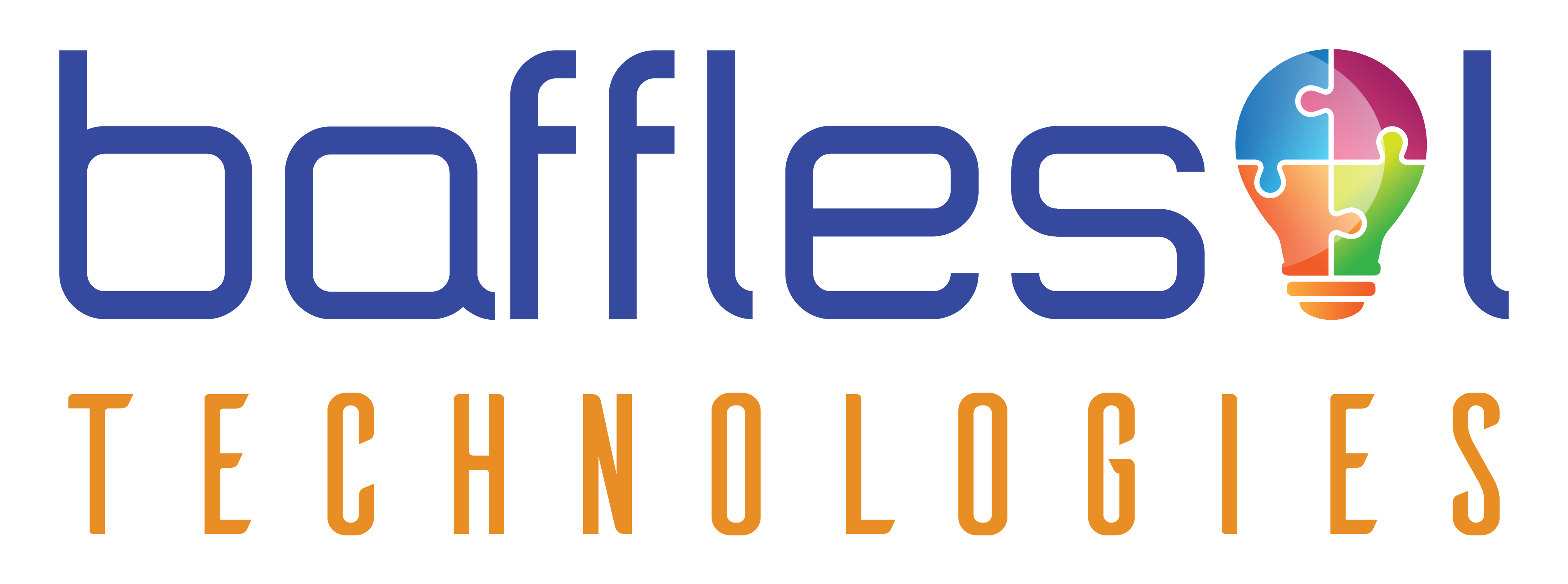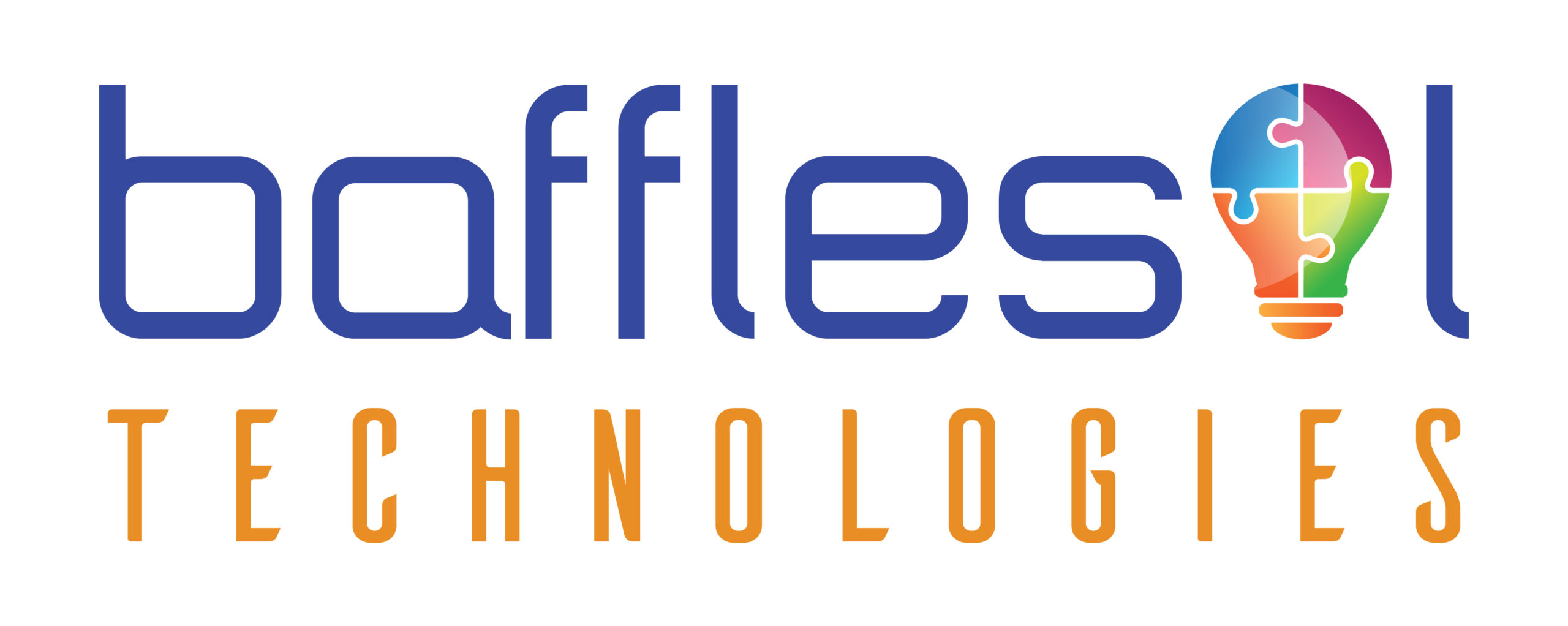Power Apps have undoubtedly proved beneficial for teams of all shapes and sizes. Power Apps enable organizations to become more data-driven and boost employee productivity by automating repetitive business processes and functions.
However, like all other technology tools, Power Apps will yield positive results for an organization only if it is known how to leverage the platform correctly. Before creating your first business app using Power Apps, here are some dos and don’ts to consider.
- What problem are we trying to solve? – While this sounds basic, before considering power apps for the project, do a quick analysis on Why (what is the output we are looking for), Whom ( who is the target segment that gets benefitted by the output), What (what problem are we trying to solve) and eventually, How (how power apps add value to the problem statement)
- Value Add – Now, since we know Why, Whom, What and How, explore other tools in terms of readability, usability and money. Also, consider the ease of integrating third-party software, ERP, and data source. Power apps give more than 300 connectors options to connect to various data sources. Additionally, we can create custom connectors to fulfil our requirements if the suitable one is unavailable in Power Apps.
- Pros and cons of data source – It is essential to have the correct data source for processing the task. Some familiar data sources are Excel spreadsheet, a SharePoint list, or Azure SQL in the cloud or on-premise SQL server. And each of these data sources has different capabilities. Knowing data sources’ capabilities will help us select the best source for the value we want to deliver using Power Apps.
- Understanding Scope – How scalable is it? Will it ease the workload for a team? Moreover, even if we start with a small group of users to try out, is there a way where a broader audience could want to use it? We must carefully identify our app’s scope, which will impact many decisions.
- Do not start from scratch – Starting from somewhere is more convenient than starting from nowhere, and Microsoft Power Apps is no exception. It is recommended to start by reverse-engineering an existing template found in the Power Apps user community. They are simple, easy-to-build-off templates available to download for free. They are easy to modify or enhance to create what you need.
- Simple Design – Do not try to build a super-loaded app right from the beginning. Identify the walking skeleton functionality of what the app needs to do and where the data will be stored. Hold off on adding delighters until the basics are in place.
- Consistent naming conventions and UI style – While this may not be the most ostentatious tip, it is one of the most important. Power Apps are popular because of their accessibility. Hence use consistent colours, fonts, spacing, and other UI/UX features. Like every coding practice applying standard naming to all fields and collections saves a ton of time when (not if) one has to edit or troubleshoot. As the app becomes more complicated and loaded with features, this helps identify what these controls do simply by looking at the names.
- Functions – User Interaction is one thing, but what happens if a user clicks this button? How are error messages displayed? Use Controls, properties, and functions are PowerApps must know. There are 155 functions and are documented here. In the documentation, each function description contains what it does, when to use it, required arguments, and some examples.
This list describes Power Apps and the basic knowledge we need to develop applications and portals using Power Apps. As you begin, do not assume Power apps are easy, they are easy compared to traditional coding apps but are still complex. Do test the app and look at warnings encountered. To support your Power Apps journey, leverage many great resources on YouTube, blogs, Microsoft Learn, and of course me :).



